Panique
8.2 /10 1 Votes
Director Julien Duvivier Country France | 8/10 IMDb Duration Language French | |||||||||||||||||||||||||||||||||
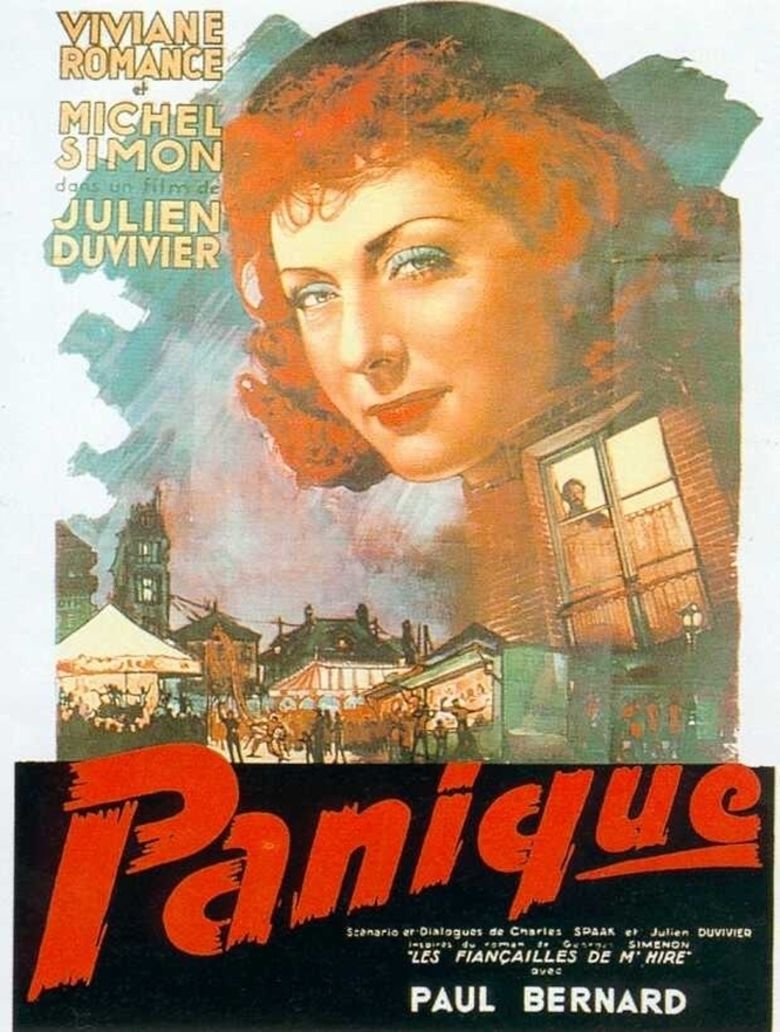 | ||||||||||||||||||||||||||||||||||
Release date 15 January 1947 (1947-01-15) Based on the novel Les Fiancailles de M. Hire
by Georges Simenon Writer Charles Spaak (screenplay), Julien Duvivier (screenplay), Georges Simenon (based on a novel by) | ||||||||||||||||||||||||||||||||||
Panique de julien duvivier official trailer 1946
Panique is a French film directed by Julien Duvivier, made in 1946 and released in 1947, starring Michel Simon and Viviane Romance. The screenplay is based on the novel Les Fiançailles de M. Hire by Georges Simenon. The film was released in the United States as Panic.
Contents
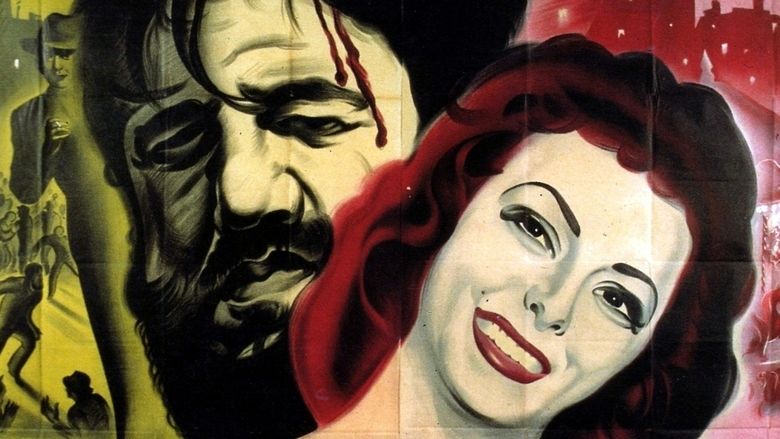
In 1989 Patrice Leconte made a second film based on the same novel Monsieur Hire with Michel Blanc in the title role.
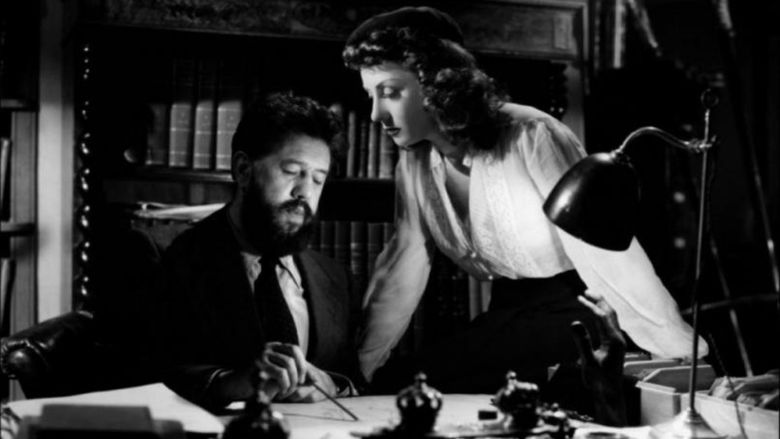
Plot
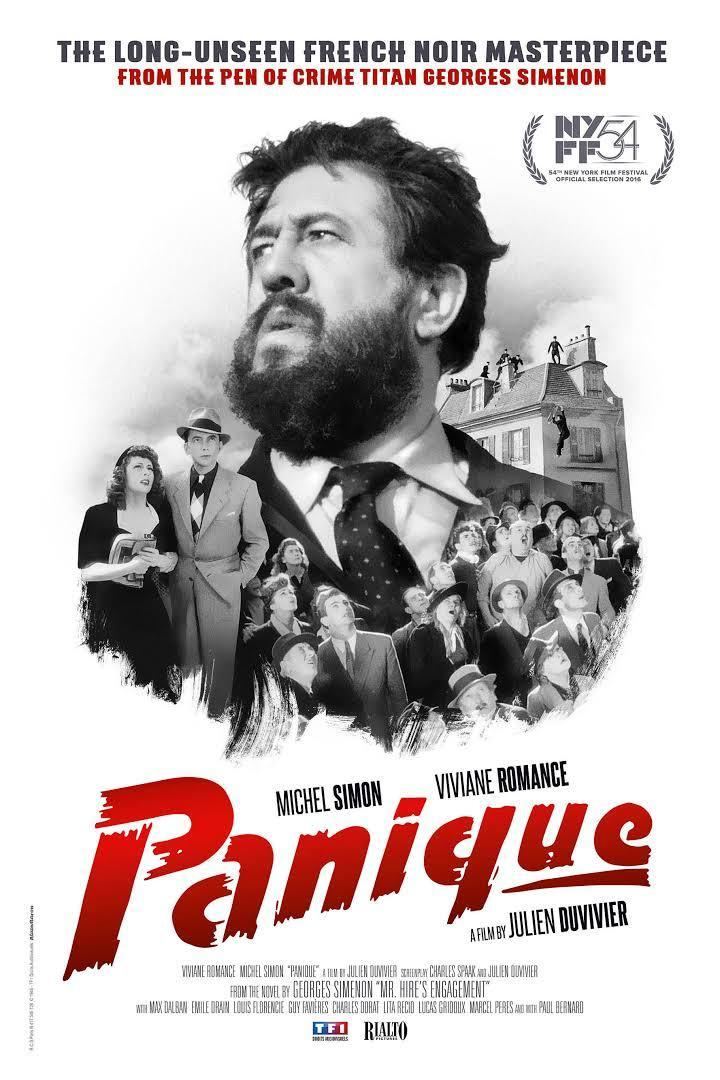
After an elderly woman is murdered, the murderer realizes that Monsieur Hire, a solitary Jewish neighbor on the courtyard where the main characters live, knows who is responsible. The murderer and his girlfriend manipulate local opinion against Hire, who is ostracized by the community. Then they plant evidence in Hire's apartment to confirm popular suspicions. When suspicions turn violent, Hire escapes to the roof of a building where he is cornered and falls to his death.
Assessments
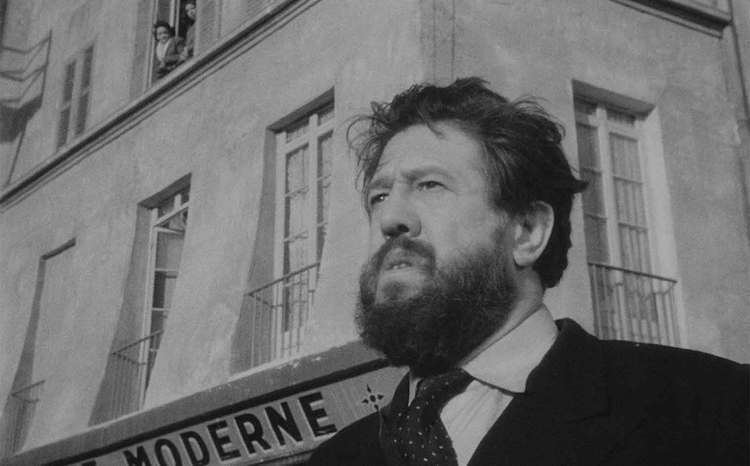
One study of French cinema places this film in its social and political context alongside other French films of the period:
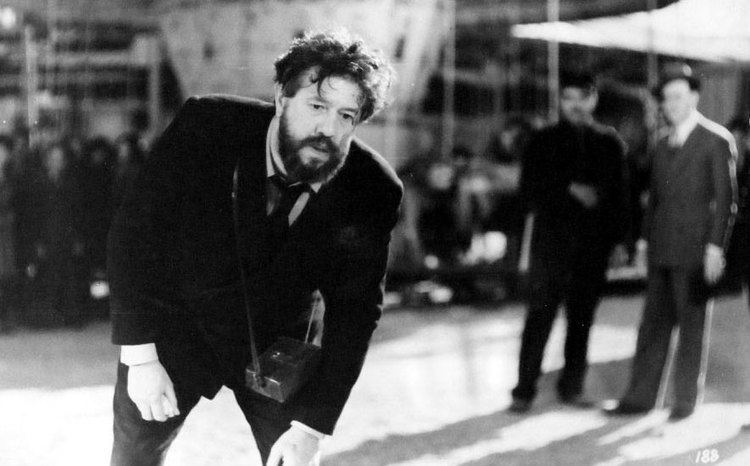
[V]ery few postwar films attempted to explain why people collaborated. Far more narratives were spent on some kind of revenge. For example, Carné's Les Portes de la nuit (1946) was one of the few films about post-Resistance revenge. Others, however, were about individual vendettas not associated with the Resistance. The spurned and vengeful woman of Bresson's Dames au Bois de Boulogne (1946), the young suitor avenging the murder (by her lover) of the woman he has loved from a distance in Lacombe's Martin Roumagnac (1946), youth's revenge on being cheated by the war in Autant-Lara's Le Diable au corps (1946), the harrying of a Jew to his death in Duvivier's Panique (1946) and a number of Simenon and Steeman thriller adaptations rife with violence and revenge—all of these films attest to a need to project the immediate past on to a different set of narratives that are removed from the immediate arena of guilt (although Panique comes uncomfortably close).
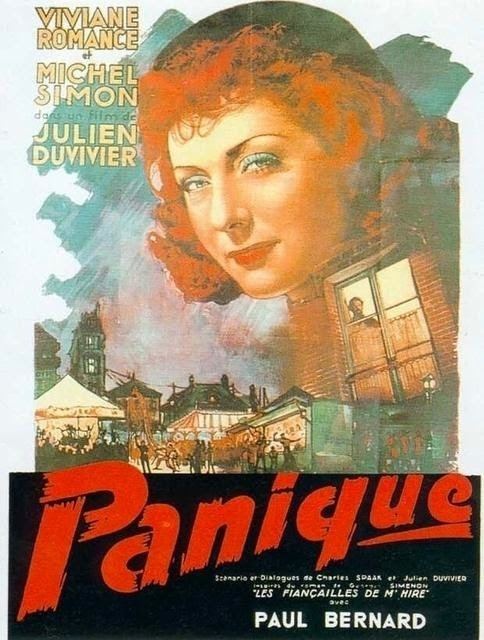
In the years immediately following World War II, filmmakers were judged according to how their films reflected their implicit judgement of the behavior of the French under German occupation. The tale of "mob misrule" and "scapegoating" is played out in a setting that includes all the prototypical elements that identify it as a microcosm of French society: the cafe bar and terrace, small shops, church, modest hotel, "the selling of veal cutlets and Camembert". Panique has been described as "a strong and memorable screen denunciation of the relations between French people in the confused aftermath of the war" and "a harsh but thoughtfully delineated portrait of a society riven by mistrust and suspicion". Duvivier commented with respect to the film that "we are far from people who love each other". Defenders of French society responded that his years in exile during the war made him unfit to assess the French society that emerged from the war. Later critics have appreciated how the film makes references to the French Revolution as well as to the very recent past with playful puns and allusions rather than forthright statements, allowing the viewer to make the connections. In this analysis, self-censorship and the political context that made a careful examination of the recent past impossible forced Duvivier "to speak in more highly elaborated codes. It is the constraints themselves that produce a film compelling enough to demand an unraveling, and that distinguish Panique from the more journalistic renderings of Occupation stories that were made in later decades."
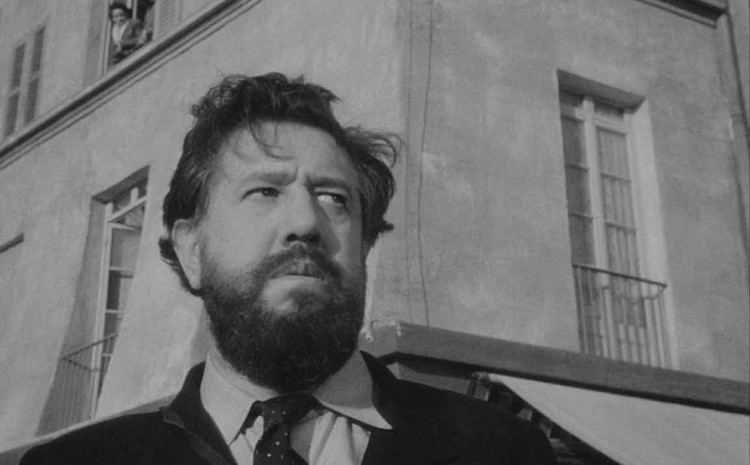
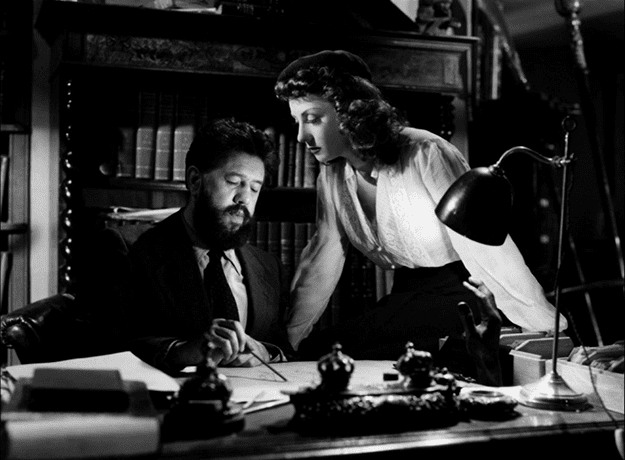
References
Panique WikipediaPanique IMDb Panique themoviedb.org
